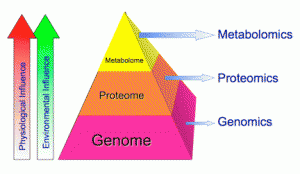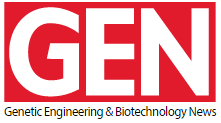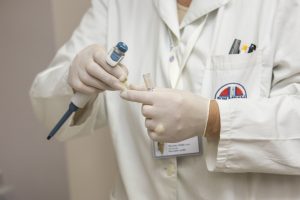From Point of Care to Point of Clinic
Within developed world healthcare systems, there is a growing awareness that the turnaround time of the central laboratory cannot always provide the speed to enable effective and economic decision making.
Point-of-clinic diagnostic services bring analytical testing from the laboratory to the clinic with the aim of providing prompt, high-quality results.
This is an exciting area of technology that has the potential to impact the lives of many patients and play a significant role in supporting sustainable healthcare systems. Stratified medicine and more individualized approaches to care will become a focus moving forward, and diagnostics will aid the selection of the most effective medicines.
“This facilitates early diagnosis and treatment of health conditions…”
Check the full article at Qmed here.






Recent Comments